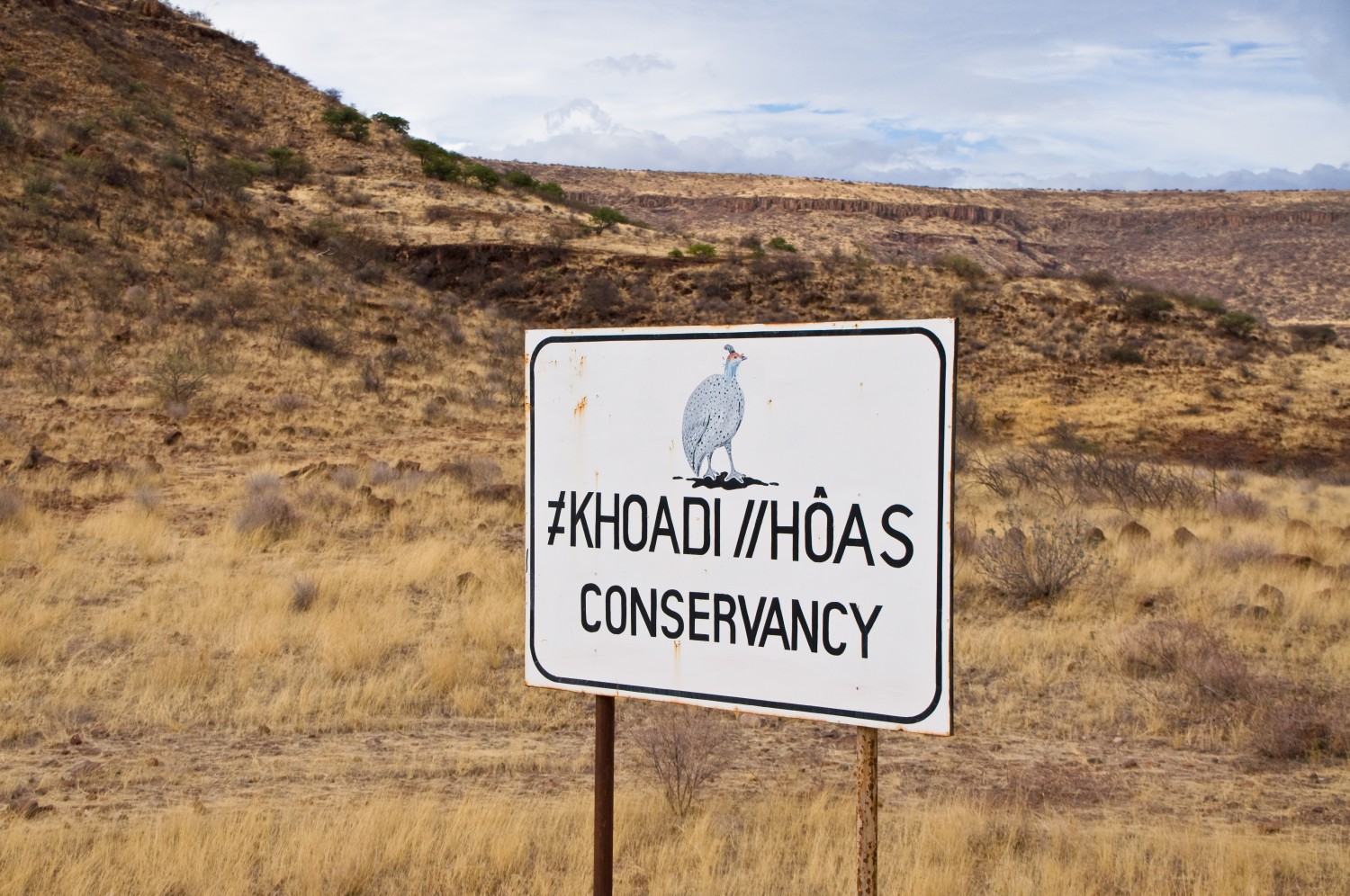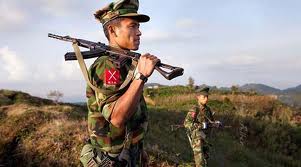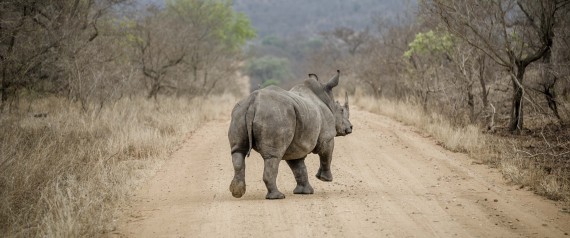Policing ivory trafficking is hard for many reasons – but one of the biggest barriers is understanding the trafficking supply chain. In August of 2014, the Center for Advanced Defense Studies’ (C4ADS) published a report that helps frame how ivory trafficking works, including who is involved, how goods are moved… read more
Security
Does illegal wildlife trafficking really fund terrorism?
A myriad of news sources have reported involvement by Al-Shabaab, a Somali-based Islamist insurgent group, in the trafficking of elephant ivory in Africa. Al-Shabaab, also known as Harakat al-Shabaab al-Mujahideen, operates under a mission to overthrow the Somali government and establish a state under Islamic Law. The U.S. Department of… read more
Militarizing the response to poaching is just a band-aid
In 2012, Cameroon lost half of its elephant population. In February 2012, presumed Sudanese poachers entered Bouba N’djia National Park in Cameroon through Chad and slaughtered over 300 elephants. What was estimated at nearly half the elephant population of the park was indiscriminately slaughtered. Young and old elephant carcasses were found… read more
Lessons from elite interviews
This past week, I traveled to Washington, D.C. with three of my classmates to conduct elite interviews with U.S. government agency officials and NGOs to learn more about the nexus of wildlife crime and U.S. national security. This week was a learning experience in so many ways, and I thought… read more
Militarizing Conservation
In a move that demonstrates how real the ongoing poaching crisis is, Kenya burned 15 tons of ivory on World Wildlife Day. 20-25,000 elephants are being illegally killed each year across Africa. Increasingly, governments have attempted to stop poaching by increasing the militarization of their conservation efforts. Many countries employ… read more
‘Death to Poachers!’ and Why Animal-Lovers Rage
In my previous post, Shoot-to-Kill Policy: Injustice in the Name of Conservation, I argued that militaristic shoot-to-kill (S2K) policies are likely ineffective in curbing poaching in the long term. Worse yet, through the guise of wildlife conservation, regimes use S2K’s military ethos to justify arbitrary and excessive violence on human… read more
Namibia’s Community Wildlife Conservancies
Two of the biggest obstacles to effective conservation schemes in Southern Africa are the high rates of rural poverty and the lack of a system of laws providing property rights to vast sections of the population. Since the mid-1990s, the Namibian government has sought to incorporate into the conservation effort… read more
Internal Conflict and Wildlife Trafficking: Myanmar
Increases in Chinese demand for illegal wildlife products have caused intensified wildlife trafficking around the world. This trade has, in turn, led to government instability and increased crime in source countries. Unfortunately, many of these countries have governments unable, or unwilling, to stop illegal wildlife trafficking. Lack of state capacity, poor… read more
Shoot-to-Kill Policy: Injustice in the Name of Conservation
“Is it ever OK to defend a policy that can mean the loss of human life in order to protect wildlife?” Save the Rhino International poses this question in an informational piece on shoot-to-kill (S2K) policies, defined as a ranger’s right to fire back at poachers even if doing so… read more
A look to a gloomy 2015
2014 was a gloomy year for several iconic species. The Southern White Rhino was particularly hit hard, with 1,100+ killed in South Africa alone. As South Africa is home to 90% of the world’s rhino population (which currently stands less than 30,000 for all species of rhino), these numbers are… read more







